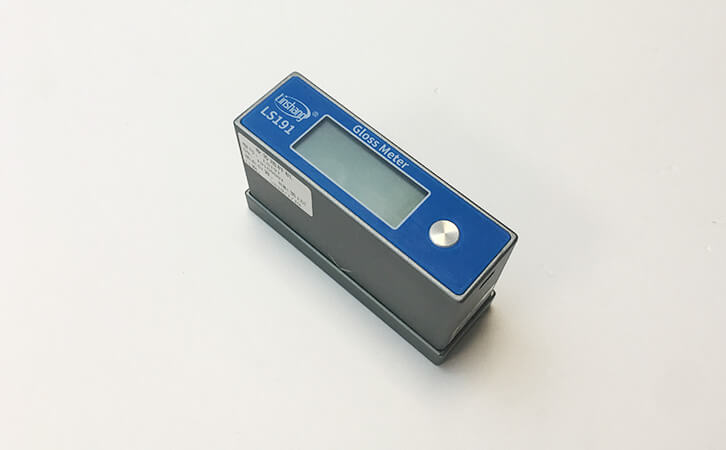Portable Gloss Meter of Small Size
According to the shape, the gloss meter can be mainly divided into desktop gloss meter and portable gloss meter. The desktop gloss meter is mostly used in laboratories. It is mainly composed of a probe and a host. The portable gloss meter can be used in both laboratories and non-laboratory places. It is widely used because of its portability.
1.The birth conditions of the portable gloss meter:
The gloss measurement is necessary for industries such as coatings, ceramics, stone, metal, leather, etc. The gloss of products in general SMEs and grassroots is judged by experienced masters through visual inspection. In this case, it is easy to produce individual differences. It is difficult to quantify the standard of the product gloss. The conventional gloss meter (desktop gloss meter) can only be widely used in large factories and research institutes due to its high price, large size, time spent on the starter, and difficulty in carrying, and cannot be widely used. Based on this large environmental condition, a portable gloss meter came into being.
2. Features of the portable gloss meter:
Compared with the traditional gloss meter, the main features of the portable gloss meter are low price, simple design and easy to carry, which can be used anytime, anywhere. Since the birth of the portable gloss meter, we can not only visually measure the material gloss, but also display the material gloss in digital form in a simple and quick way.
3.The principle of the portable gloss meter:
The most commonly used portable gloss meter in the industry is based on a 60 degree angle. The light source and the measuring surface are generally disposed at an angle of 60 degrees in a direction perpendicular to the measurement surface. The oscillating circuit generates pulsed light. The light pass through the lens mounted at the bottom and then becomes parallel light to the measuring surface. The reflected light on the measurement surface is collected by the converging lens onto the receiver (the slit is provided in front of the receiver), converted into a value corresponding to the gloss by rectification. Then the value is displayed on the liquid crystal panel.
